Top Things to Know Before Buying a Garden Office: A Guide to Cost and Considerations
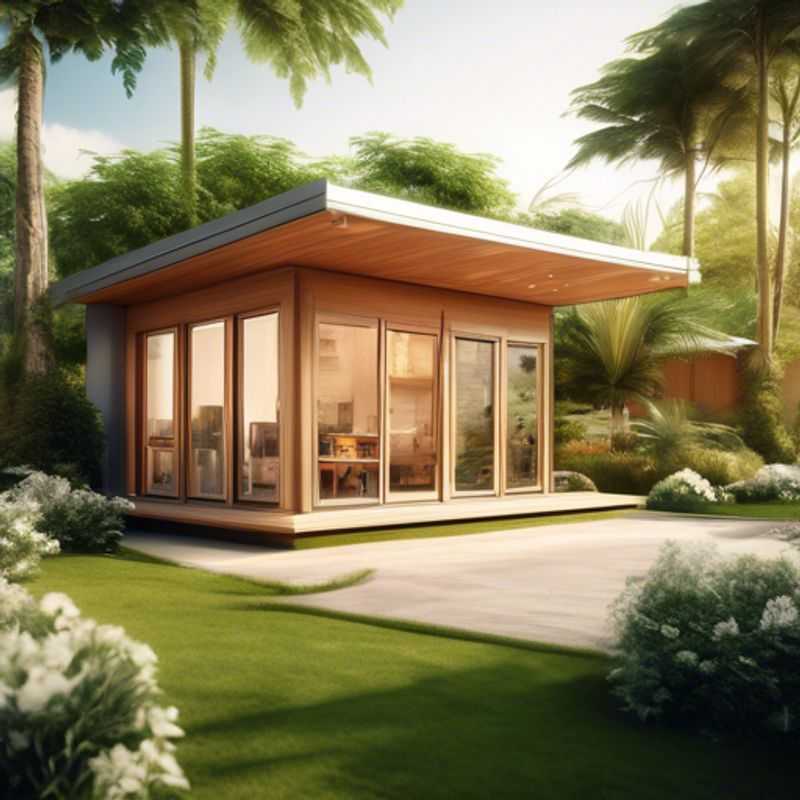
Top Things to Know Before Buying a Garden Office: Cost Considerations
Building a garden office can be a fantastic way to create a dedicated workspace, offering tranquility and a separation from the hustle and bustle of home.

Designing Your Garden Office: Size and Layout Considerations
When planning a garden office, the size and layout of your garden are crucial factors. It’s vital to consider how much space you have available and how the office will integrate with the existing landscape. You need to envision how the office will look and feel within your garden.
Before you even think about building, take accurate measurements of your garden. Consider the shape and any existing features, like trees, patios, or sheds. This will help you determine the maximum size of the office and where it can be situated.
Once you have a good understanding of your garden's dimensions, you can begin to plan the layout. Think about the access route to the office, natural light exposure, and the view from the office. Consider where you want to place windows and doors to maximize natural light and scenic views.
Remember, building regulations may apply, so be sure to research local planning requirements before you start any construction. This will save you time and potential headaches later. Don’t forget to factor in the cost of planning permission and building regulations approval.
When calculating the cost of your garden office, consider the following expenses:
* Construction materials: This will depend on the size and style of the office you choose, and can range from wood to metal to concrete.
* Labor costs: If you’re not a DIY enthusiast, you’ll need to factor in the cost of hiring builders.
* Utilities: Think about the cost of installing electricity, water, and internet.
* Furniture and fittings: Remember to budget for a desk, chairs, shelves, lighting, and any other essential equipment.
Finally, consider the impact of your garden office on the environment. Choose sustainable materials and energy-efficient solutions to minimize your carbon footprint.
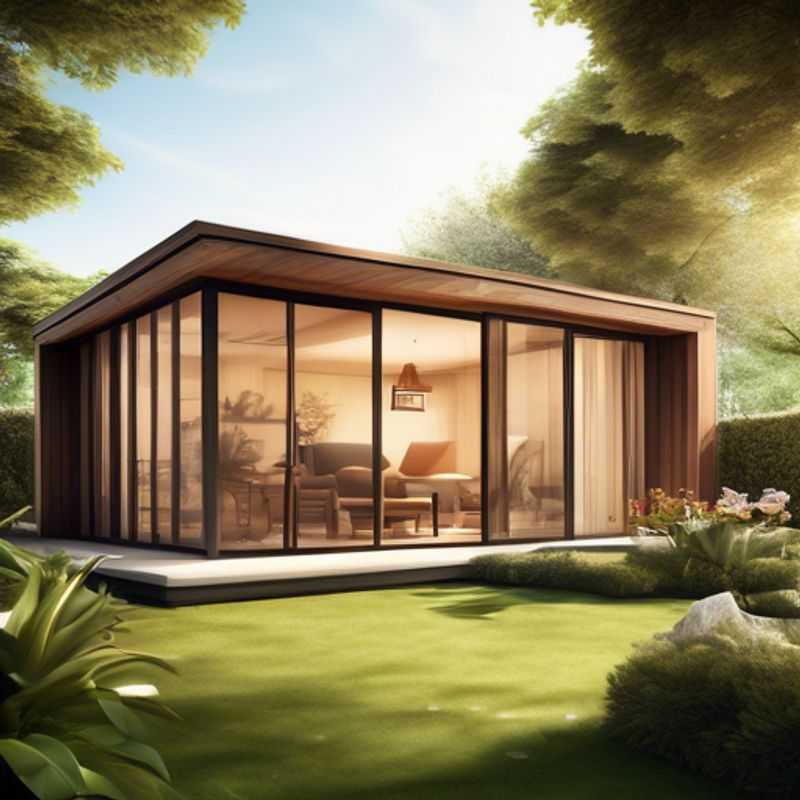
Navigating the Permit Maze: Understanding Local Regulations Before Construction
Before you even think about breaking ground on your construction project, it's crucial to navigate the intricate world of local planning regulations and obtain the necessary permits. This might seem like a bureaucratic hurdle, but it's a vital step to ensure your project aligns with your community's vision and avoids costly legal complications down the line.
The first step? Researching your local zoning regulations. Zoning laws dictate how land can be used in specific areas, dictating what types of construction are permissible. These laws can vary dramatically depending on your location, so it's vital to understand the rules for your specific property.
Next, dive into building codes. These regulations outline the minimum standards for construction materials, safety features, and overall construction practices. These codes are designed to ensure public safety and structural integrity, and failing to comply can lead to hefty fines and even demolition.
You'll also need to familiarize yourself with environmental regulations, especially if your project involves sensitive land or ecosystems. Permits might be required for activities like clearing vegetation, altering watercourses, or handling hazardous materials. These regulations are in place to protect the environment, and failing to comply can have serious consequences.
Once you've grasped the legal landscape, the next step is to apply for the necessary permits. This usually involves submitting detailed plans, specifications, and even environmental impact assessments. Be prepared for fees associated with permit applications, which can vary depending on the complexity of your project.
The permitting process can involve multiple departments, such as planning, building, and environmental agencies. It's crucial to communicate effectively with these officials, address their concerns, and ensure your project meets all the requirements. Delays are common in the permitting process, so plan ahead and factor in extra time for approvals.
Remember, navigating the permitting process can be complex and time-consuming, but it's essential to ensure your project's success. Take the time to understand local regulations, gather the necessary documentation, and communicate effectively with authorities. This investment in the early stages will pay off handsomely in the long run, avoiding costly delays and legal battles down the road.
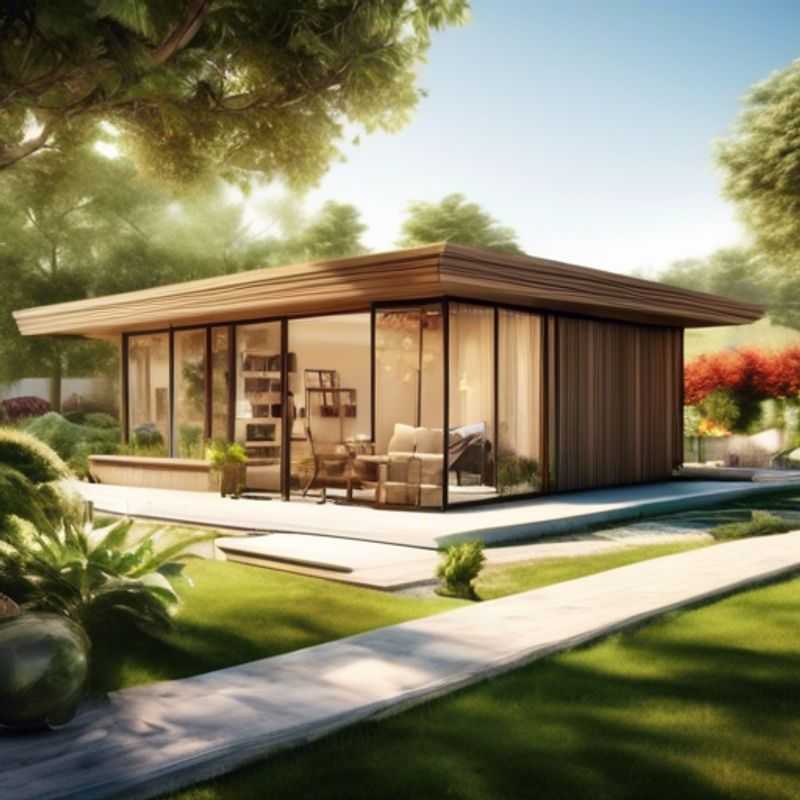
Don't Forget the Hidden Costs: Factoring in Utilities for True Budget Accuracy
When planning your budget, it's crucial to factor in the cost of utilities, which can significantly impact your monthly expenses. Utilities encompass essential services like electricity, internet, and heating/cooling, which are vital for daily living.
Electricity is a major utility expense, powering your appliances, lights, and electronics. The cost can fluctuate depending on your energy consumption habits and local energy rates.
Internet service is another essential utility, enabling you to connect online for work, entertainment, and communication. Costs vary based on internet speed, data usage, and provider.
Heating and cooling are crucial for maintaining a comfortable indoor temperature, especially during extreme weather conditions. The cost of heating and cooling depends on factors like the size of your home, insulation levels, and climate.
To accurately estimate utility costs, consider these factors:
Energy consumption: Track your energy usage and identify areas where you can conserve energy, such as using energy-efficient appliances and turning off lights when leaving a room.
Local rates: Contact your utility providers to obtain current rates for electricity, internet, and gas or oil for heating.
Usage patterns: Consider your household's typical usage habits, such as the number of people using internet, appliances, and heating/cooling.
Climate: In areas with extreme temperatures, heating and cooling costs tend to be higher.
By taking these factors into account, you can develop a realistic budget that accommodates utility expenses. Remember, regular monitoring of your utility bills can help you identify potential savings opportunities and adjust your budget accordingly.
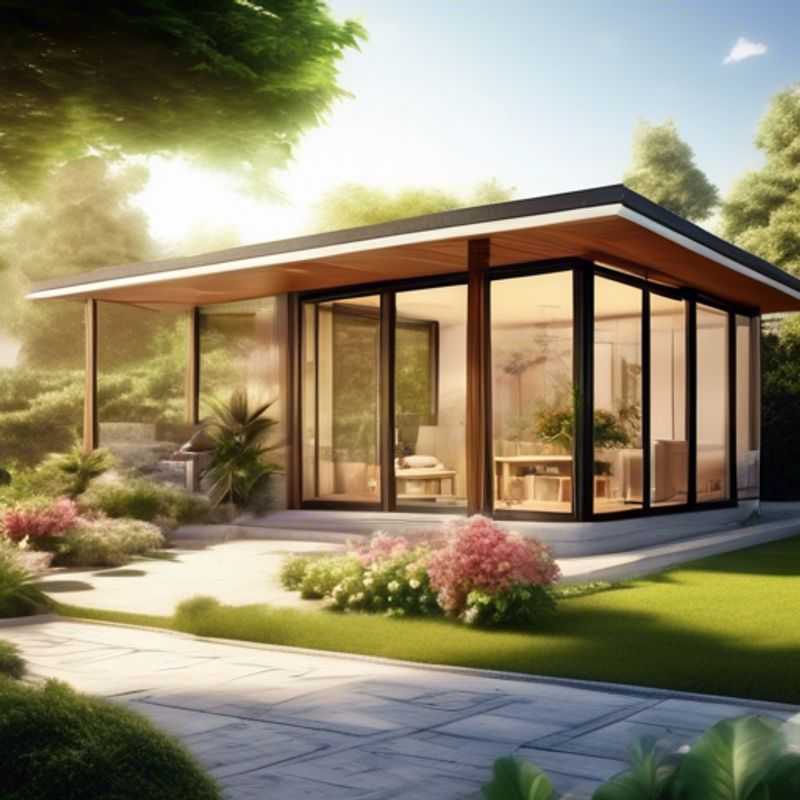
Building Material Choices: A Deep Dive into Cost and Impact
Choosing the right building materials is crucial for both the construction process and the long-term sustainability of your project. Different materials come with their own unique properties, costs, and environmental impacts. Understanding these factors is essential when making informed decisions about your building materials.
Cost is a primary consideration when choosing materials. It's vital to factor in not just the upfront purchase price, but also the installation costs, potential maintenance costs, and the long-term durability of each material. Materials like concrete and steel are generally more expensive upfront, but they can last for decades with minimal maintenance, making them cost-effective in the long run.
Environmental Impact is another crucial factor to consider. Materials like sustainably harvested wood, recycled materials, and locally sourced products are often more eco-friendly choices. While some sustainable options may have a higher upfront cost, they can contribute to a greener footprint and reduce your environmental impact over the project's lifetime.
Performance and Functionality are essential aspects to consider as well. Materials vary in their resistance to weather, fire, and other elements, and their suitability for different applications. Researching the specific needs of your project will help you determine which materials will perform best and provide the desired functionality.
Aesthetics and Design are also important factors. Materials impact the overall look and feel of your project. Consider the style you're going for, and how the chosen materials will blend with the surrounding environment. Remember, building materials can shape the overall atmosphere of your project.
The best approach to researching building materials is to start with a clear understanding of your project's requirements. Once you have a good grasp of the project's scope, budget, and design goals, you can research different material options that best meet those needs. Take your time to research, compare options, and consult with professionals for expert guidance.
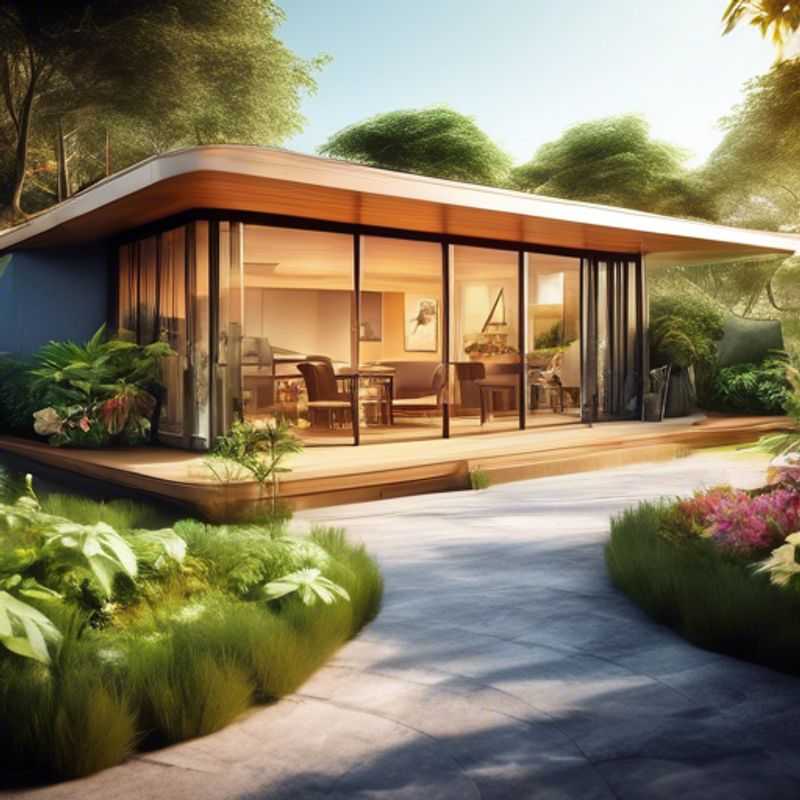
Beyond the Basics: Evaluating the Need for Additional Home Features
Evaluating the need for additional features like windows, insulation, or security systems is a crucial step in any construction or renovation project. It's essential to assess your specific needs and prioritize features that will improve your home's comfort, energy efficiency, and security. Here's a breakdown to help you make informed decisions:
Windows: Consider replacing old, drafty windows with energy-efficient ones. Double- or triple-paned windows with low-emissivity coatings can significantly reduce heat loss in winter and heat gain in summer, leading to lower energy bills. You might also want to think about windows that offer noise reduction, impact resistance, or enhanced ventilation.
Insulation: Proper insulation is vital for maintaining a comfortable indoor temperature and reducing energy consumption. Evaluate your existing insulation levels and determine if additional insulation is necessary in your attic, walls, or crawl spaces. Properly insulated homes can experience significant savings on heating and cooling costs.
Security Systems: Security systems are an essential investment for protecting your home and belongings. Consider factors like your neighborhood's crime rate, the layout of your property, and your personal security needs when evaluating your security system options. Home security systems can include features such as alarm systems, video surveillance, motion sensors, and smart locks.
When assessing the need for these additional features, consider the costs involved, including material costs, labor costs, and any permits required. Research different options available, compare prices, and weigh the benefits against the costs. It's also beneficial to consult with professionals like contractors or energy auditors to get expert advice and personalized recommendations.
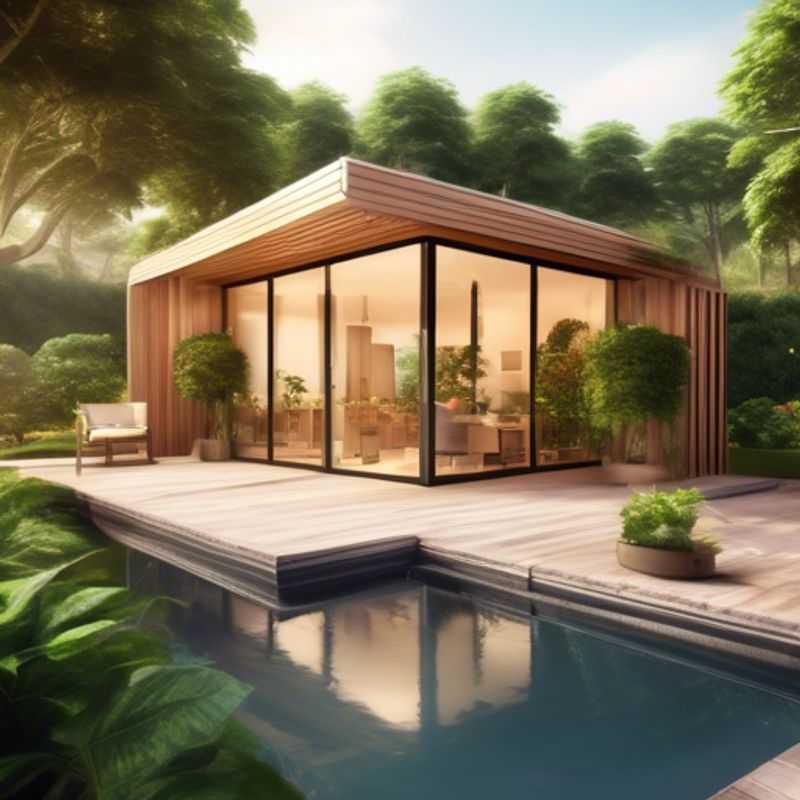
Compare Quotes: How to Get the Best Value for Your Project
Getting the best value for your money means comparing quotes from multiple suppliers and contractors. It's not always about choosing the cheapest option, but finding the best balance between price, quality, and service. Think of it like buying a car – you wouldn't just accept the first price offered, would you?
Here's a simple breakdown of the process:
1. Define your needs: Be clear about what you want, whether it's building a deck, renovating your kitchen, or even hiring a web developer. This clarity will help you compare apples to apples.
2. Research potential suppliers: Use online directories, recommendations from friends, and online reviews to find a few potential contractors.
3. Get detailed quotes: Don't settle for vague estimates. Make sure each quote includes a detailed breakdown of the work, materials, and labor costs. Also, ask about warranties and any potential extra costs.
4. Compare the quotes: Focus on the overall cost, including any additional fees or hidden charges. But also consider the reputation of the company, their experience, and the quality of their work.
5. Negotiate: Don't be afraid to negotiate the price, especially if you have multiple quotes. Be polite and professional but firm in your request.
6. Make your decision: Choose the supplier or contractor that offers the best combination of price, quality, and service. Remember, the lowest price isn't always the best value.
By taking the time to compare quotes, you can ensure you're getting the best value for your money. It's a little bit of effort upfront, but it can save you a lot of stress and money in the long run.
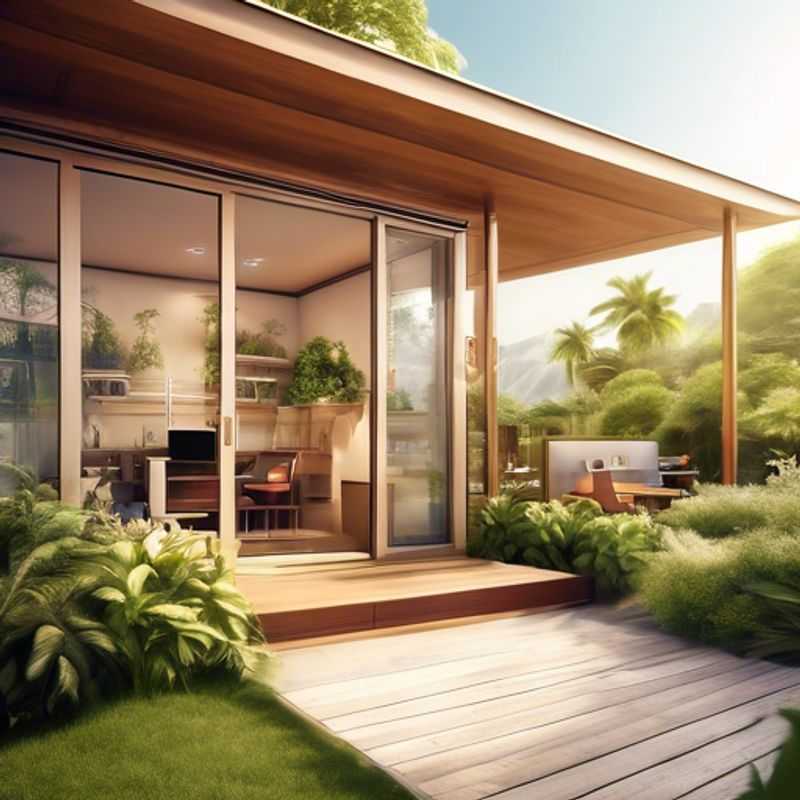
Landscaping Your Office: Budgeting for Outdoor Enhancement
Allocating a budget for landscaping and outdoor work around your office requires careful consideration of your specific needs and the scope of the project. Here's a breakdown of key areas to factor in:
1. Initial Assessment and Design: Begin with a thorough assessment of your outdoor space. This includes identifying existing plants, hardscaping elements, and any areas needing attention. A professional landscape designer can create a plan that meets your goals and budget, ensuring a cohesive and aesthetically pleasing result.
2. Plant Material: The cost of plants can vary widely depending on species, size, and quantity. Consider factors like soil conditions, sunlight exposure, and your desired aesthetic. A mix of hardy, low-maintenance plants can save on long-term costs.
3. Hardscaping: This includes elements like walkways, patios, retaining walls, and outdoor lighting. Materials like concrete, pavers, and stone have different price points. You'll also need to budget for installation, labor, and permits.
4. Irrigation: Implementing an efficient irrigation system is crucial for maintaining healthy plants. This includes sprinklers, drip irrigation, and water-saving technologies. Consider your climate and soil conditions to choose the most appropriate system.
5. Maintenance: Don't forget to factor in ongoing maintenance costs like pruning, weeding, fertilizing, and pest control. A comprehensive plan can minimize these expenses in the long run.
6. Contingency: It's always wise to allocate a contingency fund of 10-20% of your total budget to cover unforeseen expenses. This could include material price fluctuations, unexpected repairs, or changes in scope.
7. Professional Expertise: Consider hiring a reputable landscape contractor for installation and ongoing maintenance. Their expertise ensures quality work and long-lasting results. You may also need to budget for permits and inspections, depending on local regulations.
By carefully considering these factors and working with a professional landscape designer and contractor, you can develop a budget that aligns with your vision and financial capabilities. A well-maintained outdoor space enhances the office environment, boosts employee morale, and increases property value.
